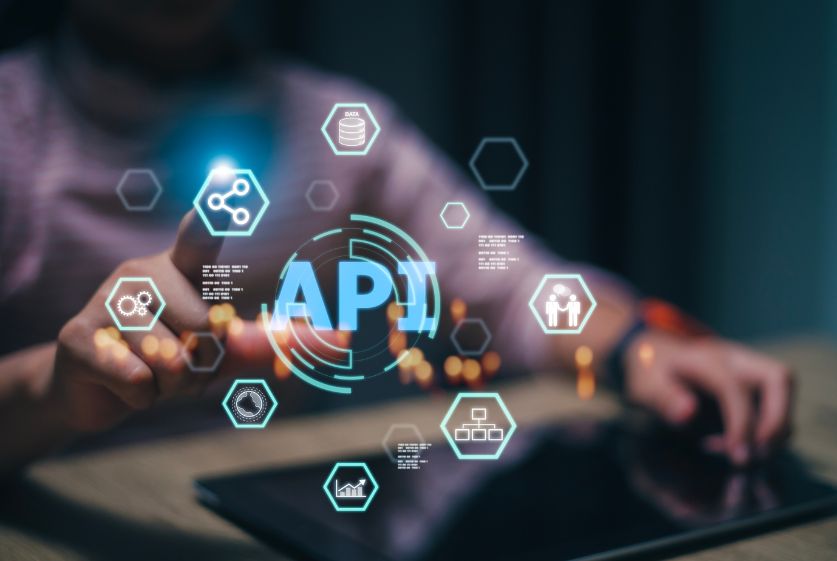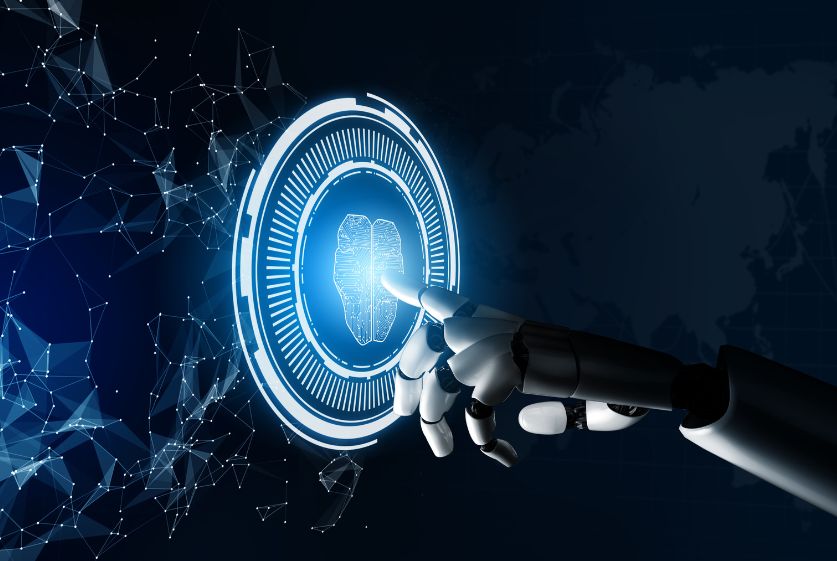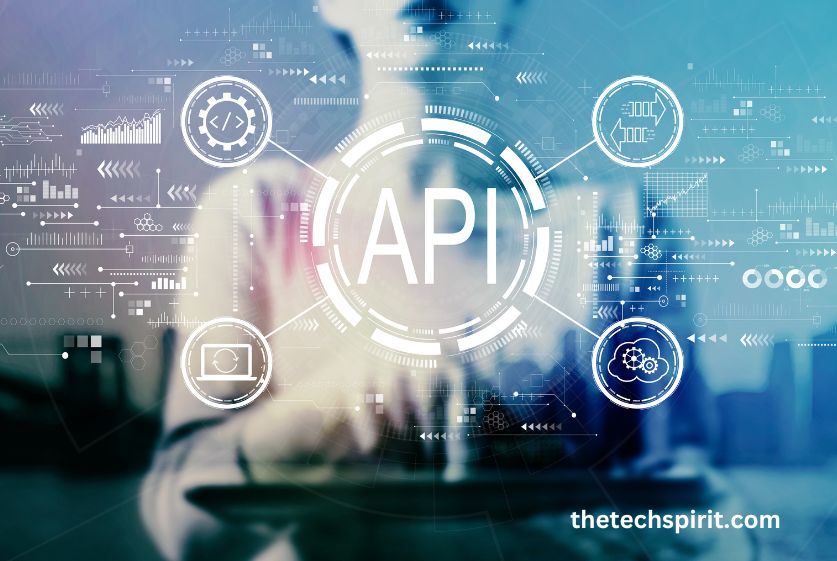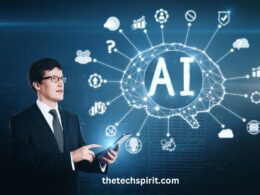In the unstable landscape of technology, two acronyms have emerged as catalysts for innovation: API and Artificial Intelligence. While these terms may seem like mere abbreviations, they represent the powerful forces driving our digital world forward. API, or Application Programming Interface, and Artificial Intelligence are not only complementary but have become inseparable supporters in shaping our future.
Table of Contents
What is an API?
An API (Application programming interface) is like a translator that allows different software systems to communicate and share information seamlessly. It acts as an intermediary, defining the rules and protocols for how different applications should interact. APIs are the glue that holds our digital universe together, enabling different services and platforms to exchange data and functionalities effortlessly.
What is Artificial Intelligence?
Artificial Intelligence (AI), on the other hand, is a vast and ever-evolving field that aims to mimic human intelligence and cognition through machines. AI surrounds various technologies, such as machine learning, natural language processing, computer vision, and robotics, among others. At its core, AI is about creating systems that can perceive, learn, reason, and take action to solve complex problems and make intelligent decisions.
The Importance of APIs in AI
APIs as Building Blocks
In the field of AI, APIs play a crucial role as building blocks. They provide access to pre-built functionalities, algorithms, and data sources, enabling developers to leverage existing technologies and accelerate the development of AI-powered applications.

By seamlessly integrating APIs, developers can focus on solving domain-specific problems rather than reinventing the wheel for every component.
Enabling Data Exchange
AI thrives on data, and APIs are the conduits that facilitate the exchange of data between different systems and platforms. APIs allow AI models to access and process vast amounts of data from various sources, enhancing their learning and decision-making capabilities. Whether it’s accessing real-time data streams, historical datasets, or user-generated content, APIs play a pivotal role in feeding AI with the fuel it needs to grow smarter.
Facilitating Integration
The true power of AI lies in its ability to seamlessly integrate with existing systems and infrastructure. APIs make this integration possible by providing standardized interfaces for AI models to interact with other applications, platforms, and devices. This integration enables AI to extend its reach and impact across various domains, from healthcare and finance to transportation and entertainment.
Use Cases of API and Artificial Intelligence
Predictive Analytics
Predictive analytics is a powerful application of AI that involves analyzing large datasets to identify patterns and make predictions about future events or behaviors.

APIs facilitate access to machine learning models, statistical tools, and data sources, enabling organizations to develop predictive analytics solutions tailored to their specific needs.
Recommendation Systems
Recommendation systems are ubiquitous in our digital lives, from suggesting movies and products to personalized content feeds. APIs play a vital role in these systems by providing access to user data, preference models, and collaborative filtering algorithms.
By leveraging APIs, recommendation systems can deliver highly personalized and relevant experiences to users, enhancing customer satisfaction and driving business growth.
APIs and the Future of AI
Democratizing AI
One of the most significant impacts of APIs in the AI field is the democratization of AI technologies.

By providing access to pre-built AI models, tools, and services through APIs, organizations of all sizes and industries can leverage the power of AI without having to build everything from scratch. This democratization fosters innovation, levels the playing field, and empowers businesses to remain competitive in an increasingly AI-driven world.
Enhancing Collaboration
APIs facilitate collaboration among developers, researchers, and organizations working in the AI field. By exposing their AI models and services through APIs, organizations can share their expertise and contribute to the collective advancement of AI. This collaborative approach accelerates innovation, promotes knowledge sharing, and enables the creation of more sophisticated and powerful AI solutions.
Driving Innovation
The synergy between APIs and AI creates a fertile ground for innovation. As new AI technologies and algorithms emerge, APIs provide a mechanism for seamlessly integrating these advancements into existing systems and applications. This continuous integration of cutting-edge AI capabilities through APIs drives innovation across various industries, enabling businesses to stay ahead of the curve and deliver exceptional experiences to their customers.
Conclusion
The convergence of APIs and Artificial Intelligence has unlocked a world of possibilities, transforming industries and shaping our future in unprecedented ways. By acting as the bridge between different systems and AI models, APIs have become the catalysts for innovation, enabling businesses to harness the power of AI and deliver exceptional experiences to their customers. We begin on this exciting journey while surrounding the opportunities for democratization, collaboration, and innovation that this energetic duo presents.
FAQs
What is the role of APIs in Artificial Intelligence?
APIs play a crucial role in AI by providing access to pre-built functionalities, algorithms, and data sources, enabling developers to leverage existing technologies and accelerate the development of AI-powered applications.
How do APIs facilitate data exchange in AI?
APIs allow AI models to access and process vast amounts of data from various sources, enhancing their learning and decision-making capabilities. APIs serve as conduits for exchanging data between different systems and platforms.
Can you provide an example of an API used in AI?
One prominent example is the Google Cloud Vision API, which provides access to powerful computer vision capabilities, including image analysis, object recognition, and optical character recognition (OCR). This API allows developers to integrate visual intelligence into their applications.
What are the challenges of using APIs in AI?
Some key challenges include ensuring security and privacy when exchanging data through APIs, addressing scalability and performance requirements as AI systems become more complex, and promoting standardization and interoperability among different APIs and AI models.
How can APIs drive innovation in AI?
APIs facilitate the seamless integration of cutting-edge AI technologies and algorithms into existing systems and applications. This continuous integration of new AI capabilities through APIs enables businesses to stay ahead of the curve and deliver innovative solutions to their customers.









